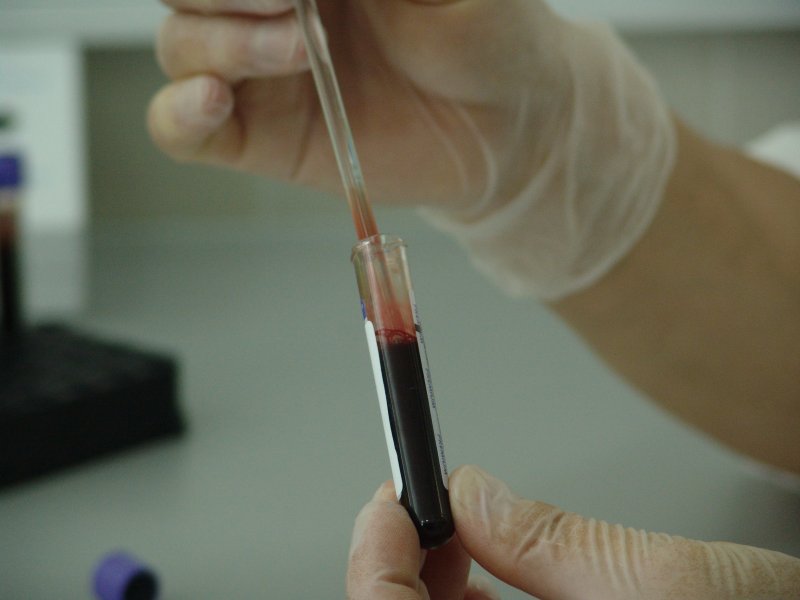New research predicts that HIV infections are more likely to be cut by 67 percent, rather than President Donald Trump's goal of 90 percent. Photo courtesy of Pxhere
Feb. 22 (UPI) -- President Donald Trump Trump announced a goal of reducing new HIV infections by 90 percent, but a new study says that may not be possible.
New research predicts that HIV infections are more likely to be cut by 67 percent, at the most, according to a study by Georgia State University and the University at Albany-SUNY.
"It is important to set HIV prevention goals that are ambitious, but realistic," Heather Bradley, a researcher in the School of Public Health at Georgia State University and lead author of the study, said in a news release.
Reaching 67 percent would require health experts to hit certain goals for HIV diagnosis and treatment by 2025, the researchers say.
"We know that treating people living with HIV greatly improves health and also prevents transmission of HIV infection to others," Bradley said. "However, treating enough people to meaningfully reduce new HIV infections will require us to confront issues like poverty, unstable housing and mental health conditions that keep people living with HIV from accessing care."
The researchers caution that Trump's is an "ambitious" goal to reach.
It would require the number of people with HIV receiving care to jump to 95 percent within six years, researchers say. The current number is just below 70 percent. And the use of pre-exposure prophylaxis, or PrEP, among people at risk for HIV must reach 40 percent.
PrEP greatly reduces the likelihood that an HIV-positive partner can pass the virus to someone without it.
However, HIV infections among targeted at-risk groups haven't gone down much. So, the researchers will push hard to try to make the goal possible.
Currently, an estimated 1.1 million people in the U.S. have HIV, according to the Centers for Disease Control and Prevention.
"Greatly increasing the number of people living with HIV who are receiving care and treatment combined with targeted prevention strategies for people at risk for HIV infection could result in substantial reductions in new HIV infections in the next decade. Our study estimates how much improvement is possible and can help quantify what it would take to get there," Bradley said.















